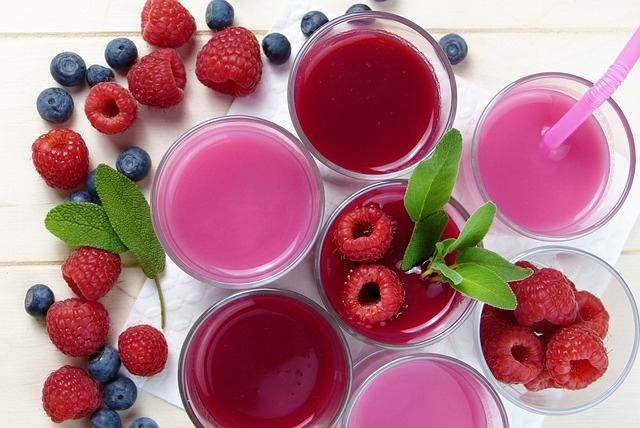Czym zakwasić glebę pod borówki?
Cultivating blueberries requires specific soil conditions to ensure optimal growth and fruit production. One important factor to consider is the acidity of the soil. Blueberries thrive in acidic soil with a pH level between 4.5 and 5.5. If your soil is not naturally acidic, you may need to acidify it to create the ideal environment for blueberry plants. In this article, we will explore different methods of acidifying soil for blueberries.
1. Test the Soil pH
Before you start acidifying the soil, it is crucial to test its pH level. You can purchase a soil testing kit from a garden center or send a sample to a laboratory for analysis. This will help you determine the current pH level and guide you in adjusting it accordingly.
2. Organic Methods
2.1. Peat Moss
Peat moss is a popular organic material used to acidify soil. It has a low pH level and can gradually lower the soil’s acidity. Mix peat moss into the top layer of soil, ensuring it is evenly distributed. This method is effective but may require repeated applications over time.
2.2. Pine Needles
Pine needles are another natural way to acidify the soil. They contain tannic acid, which helps lower the pH level. Spread a layer of pine needles around the base of the blueberry plants, creating a natural mulch. As the needles decompose, they release acid into the soil.
2.3. Coffee Grounds
Used coffee grounds are an excellent source of acidity for the soil. They contain high levels of organic matter and can help lower the pH level. Mix the coffee grounds into the soil or use them as a mulch around the plants. However, be cautious not to use too much coffee grounds, as it can lead to excessive acidity.
3. Inorganic Methods
3.1. Elemental Sulfur
Elemental sulfur is a common inorganic substance used to acidify soil. It reacts with bacteria in the soil to produce sulfuric acid, lowering the pH level. Follow the instructions on the package to determine the appropriate amount of sulfur to apply. It is essential to incorporate the sulfur into the soil thoroughly.
3.2. Aluminum Sulfate
Aluminum sulfate is another option for acidifying the soil. It reacts with water to release aluminum ions, which lower the pH level. Apply aluminum sulfate according to the instructions, ensuring it is evenly distributed. Be cautious not to overapply, as excessive aluminum can be harmful to plants.
4. Maintaining Soil Acidity
Once you have successfully acidified the soil, it is important to maintain its acidity for the long-term health of your blueberry plants. Regularly test the pH level and make adjustments if necessary. Applying organic materials like peat moss, pine needles, or coffee grounds as mulch can help maintain the desired acidity.
5. Conclusion
Acidifying the soil is a crucial step in creating the ideal growing conditions for blueberries. Whether you choose organic methods like peat moss, pine needles, or coffee grounds, or inorganic methods like elemental sulfur or aluminum sulfate, it is important to monitor the pH level and make adjustments as needed. By providing the right acidity, you can ensure healthy and productive blueberry plants.
Wezwanie do działania: Aby zakwasić glebę pod borówki, zalecam wykonanie testu pH gleby, aby określić jej aktualne pH. Następnie, jeśli pH jest zbyt wysokie (zasadowe), można zastosować siarczan amonu lub siarczan żelaza. Jeśli pH jest zbyt niskie (kwasowe), można dodać wapno nawozowe lub popiół drzewny. Pamiętaj, że przed dokonaniem jakichkolwiek zmian w glebie, zawsze warto skonsultować się z lokalnym ogrodnikiem lub specjalistą ds. gleby, aby uzyskać dokładne wskazówki dostosowane do Twojego konkretnego przypadku.
Link tagu HTML: https://www.bonkultury.pl/











